In early February 2018, three friends and I will be embarking on a journey through Patagonia, Chile. This trip is a commemoration of sorts, as several of us are turning 50. The two main criteria for the trip were that it must require some training and that it must have a “trip of a lifetime” aspect to it. After much deliberation, we settled on a 47 mile trek over 5 days in Torres del Paine, Chile (also known as the W Trek) through Patagonia. With decision made, it was time to get training for Patagonia.
While the trek is not considered extremely difficult in nature, it does require 7-9 hours of hiking everyday. All while carrying a pack containing clothes and essentials, in what can be inclement weather (rain, wind and sometimes snow all in one day). We will be staying in refugios (hostels) along the way which provide a bed and food. Therefore, we won’t need to carry a tent or sustenance for the trip (see Packing for Patagonia for more packing tips). In addition, because the altitude is less than 4,000 feet, there will be minimal altitude adjustment. Learn more about how we are prepping for Patagonia here.
While we four middle aged women are generally all in decent shape physically, this trip requires a bit of training. Not only to prevent injury, but to allow us to enjoy our time without too much discomfort. Thus, we have embarked upon a training program that increases in intensity as we get closer to February. This will allow us to be in optimal shape for the journey.
The key to this training program is that I am trying to be outside as possible. Mostly to prove to myself that I can get in shape without the cost of a gym! Here are my tips for a training program to get ready for Patagonia.
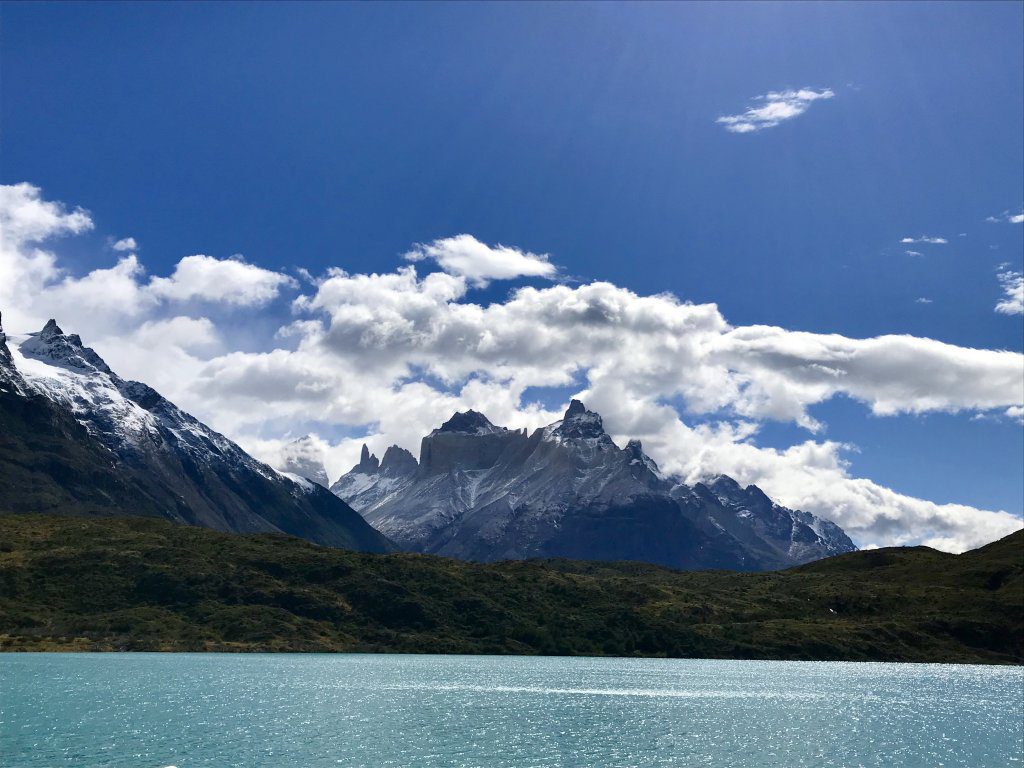
Training Frequency
To train for Patagonia, I started by increasing my workouts to 3 days per week 3 months before the trip. Then 8 weeks out, I increased to 4.x’s per week. I leveled off there as I didn’t want to overdo it. My activities of choice include light jogging, stairs, biking, and other outdoor workouts. I get bored really easy so mixing it up was key for me.
Jogging
I started by jogging 25 minutes outside once a week. I love the efficiency of a running workout. However, a combination of foot surgery and bad knees keeps me from being a runner. So this was about all my body could handle at the outset. After about 3 weeks, I increased that jog to 35 minutes. Finally, two weeks before our trip, I stepped it up to 45 minutes.
Stairs
This is where the majority of my training for Patagonia happened. Lower body endurance will be crucial on this trip so I started with a stair regimen in Fort Greene Park, Brooklyn. We are lucky enough to have a park nearby with great opportunities for a workout. There are 99 steps near the monument in the back of the park that make for a terrific workout. Four laps up and down were a good start for me. After about two weeks, I increased that to 6 laps. Then I maxed out at 10 laps up and down those stairs. That is a total of 990 steps up and 990 steps down. Two weeks before I left, I added a weighted backpack (about 15lbs) and was only able to do 5 laps with the pack and 5 without. Before I left, I got up to 8 laps up and down with the weighted backpack.
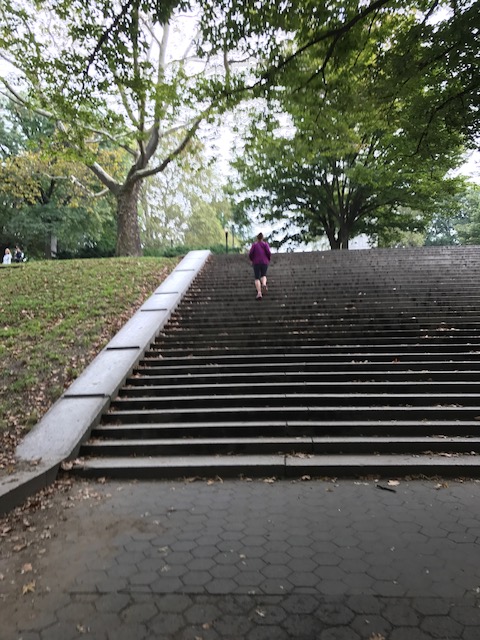
Biking
Biking is one of my favorite pastimes but I don’t own my own bike. Shared bike programs are a great way to get around, and I use NYC’s Citibike every day. I save a ton of money in cabs and can get quickly from one place to another. I also use the Citibike for workouts like this one.
First, I grab a bike at the kiosk near my house and bike the one mile to Brooklyn’s Prospect Park. One loop around the park is 3.75 miles. Members can keep a Citibike out for 45min so the mile from my house and one loop around the park is just about the right length of time. Next, I return the bike right outside of the park and am required to wait 2 minutes before I can pick up another one. During that time, I do some walking lunges around the kiosk. Then I grab another bike, do one more loop around the park and back home. The total trip is about 9 miles with one big hill at the back end of the loop. This is my favorite training tip for Patagonia but I know there is value in mixing it up!
Training at home
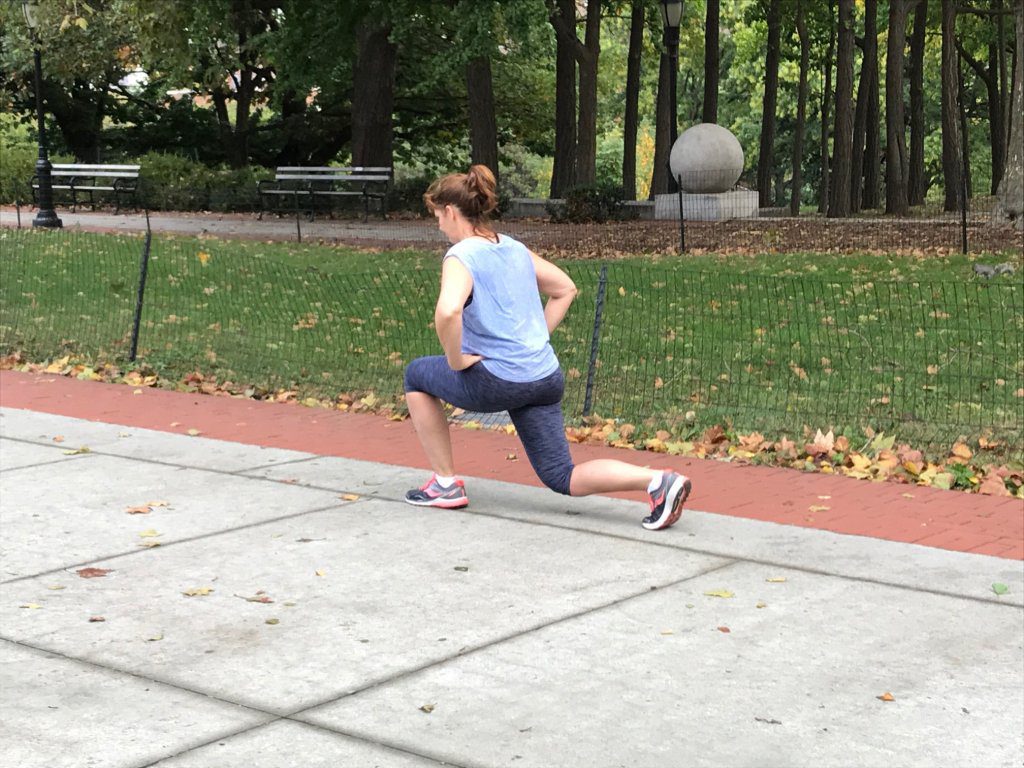
I don’t want to let days of inclement weather keep me from working out so an at home training regimen is important too. Building quad and hamstring muscles helps protect against knee injury so that’s what I work on indoors. With no additional weight, I started with 2 sets of 20 walking lunges. Next I interspersed it with 2 sets of 20 regular squats and 2 sets of 20 wide stance squats. I end with some bridge exercises for the hamstrings. By now those are pretty easy and this whole process doesn’t take more than 20-25 minutes. You can finish off with 10 min of your favorite abdominal exercises and you have a perfect 30 minute workout. Over time, I increased these exercises to 3 sets and. In addition, I added 10lb dumbells.
The playground workout
Best done with a friend, the playground workout is a lot of fun! There are so many great workouts that can be done in a local playground. Here are a few ideas:
Park benches – push ups, step ups and dips
Monkey bars – pull ups, leg pull ups
Ladders – step ups, kick backs
U shaped bars – Rows in 3 positions – hands close together, hands at 11 and 2, hands at 3 and 9.
Swings – knee tucks, split squats, push ups
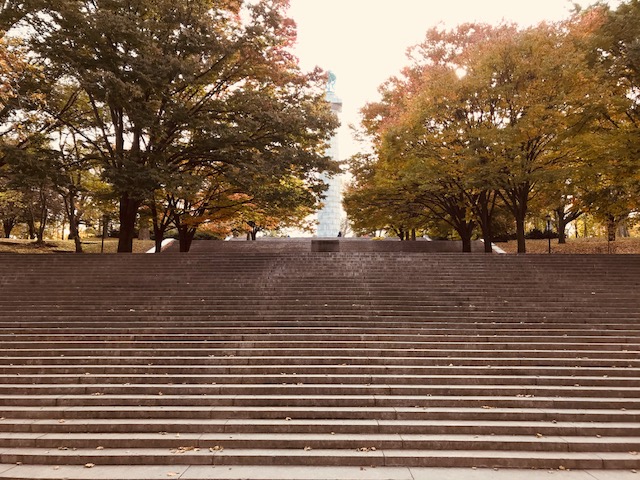
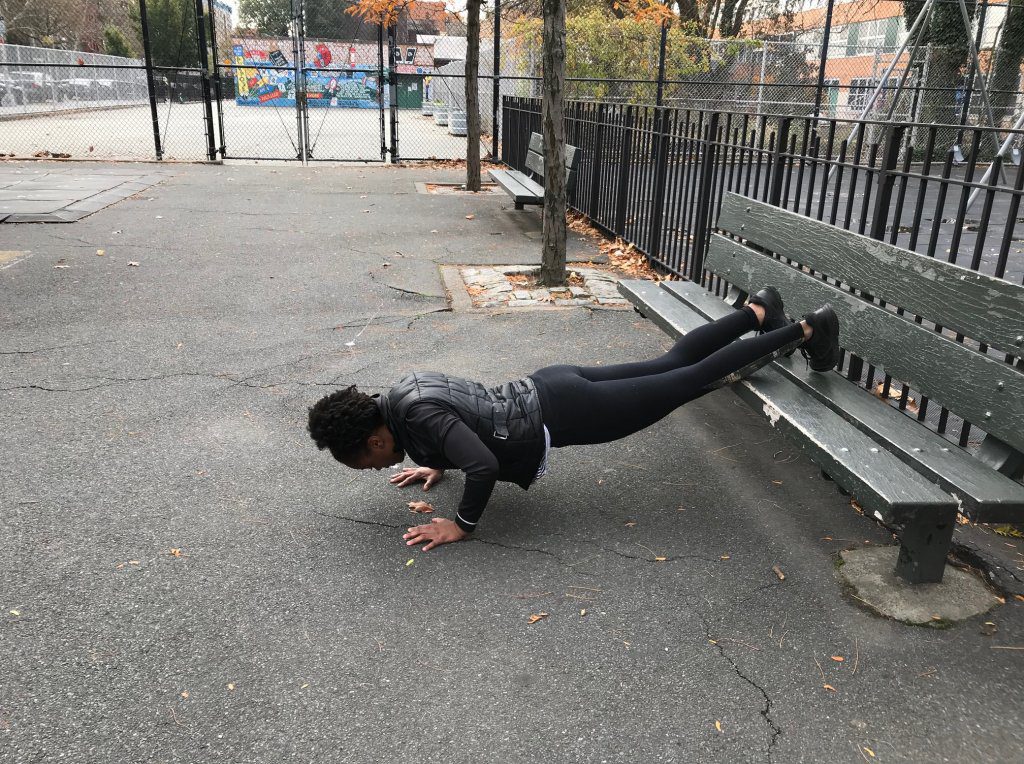
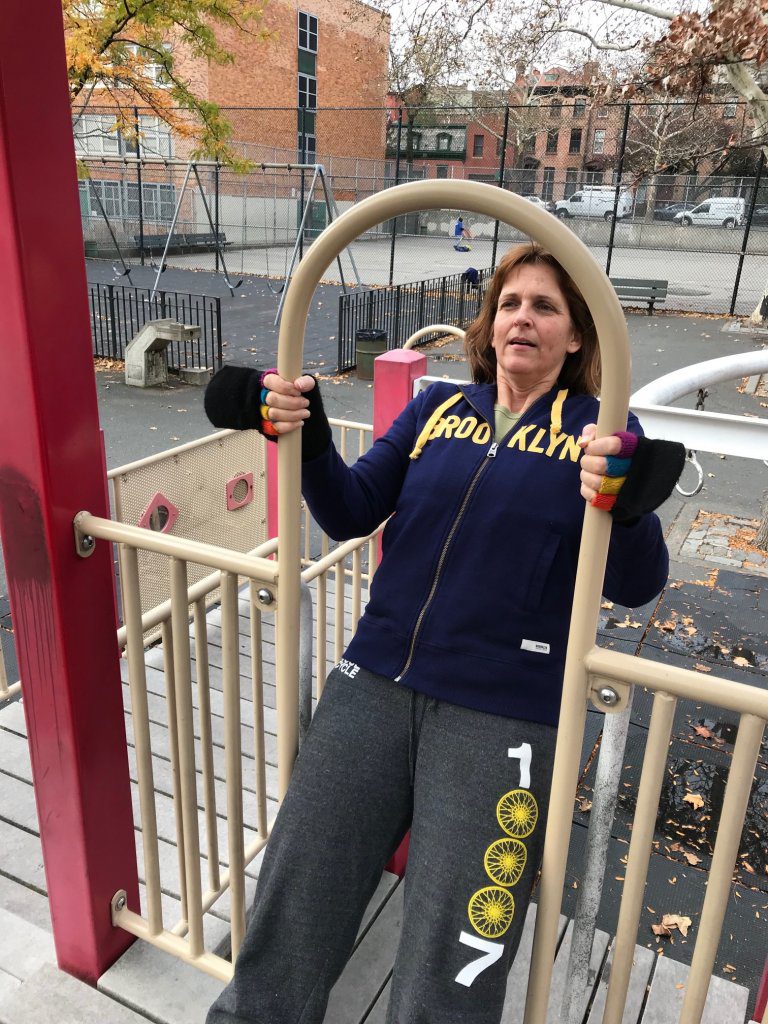
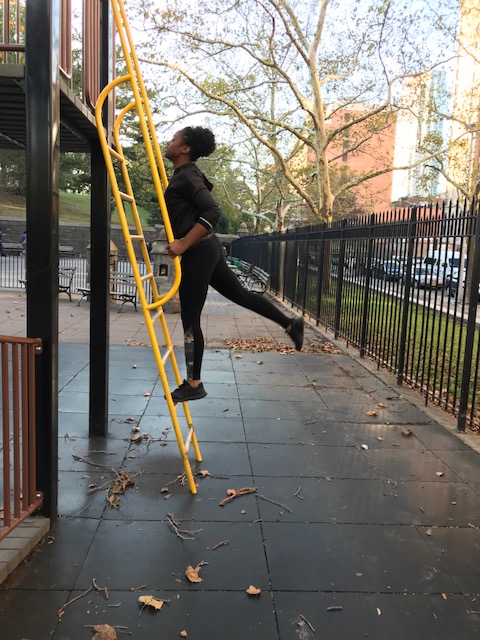
Just great! We have to do the playground workout too :).